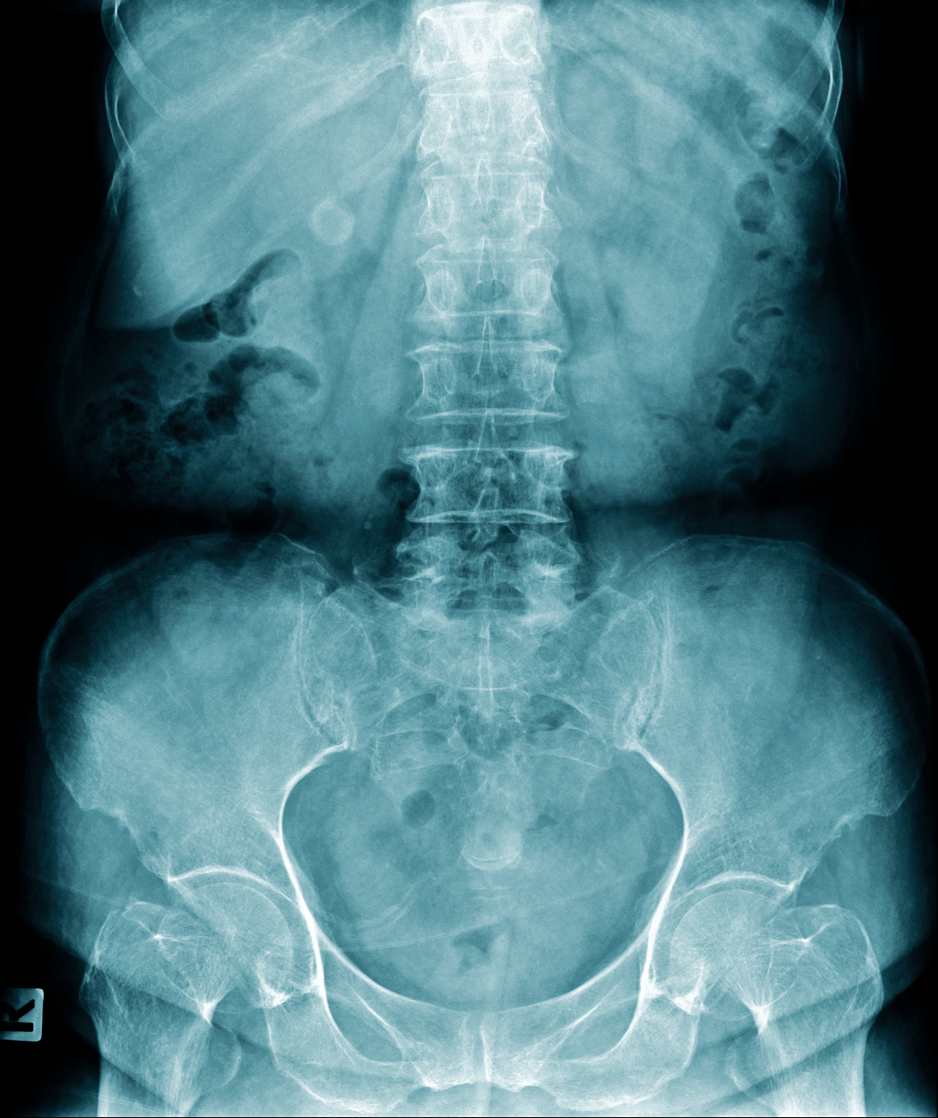Pain
What Is Spondylolysis?

The term spondylolysis comes from a combination of two Greek words: spondylos (vertebra) and lysis (defect). Spondylolysis is a medical condition that involves a defect of the pars interarticularis. The pars interarticularis is a thin bone that hinges two vertebrae together in the lower back. Spondylolysis most commonly occurs in the lumbar vertebrae; however, it can occur in any section of the spine: cervical (neck), thoracic (mid back), or lumbar (lower back). Both cervical and thoracic spondylolysis are rare. If spondylolysis occurs in the cervical or thoracic spine, the equivalent structure of the pars interarticularis in that area of the spine is affected.
Spondylolysis can cause lower back pain. While it is most common among athletes due to the risk of repetitive stress and injury while playing sports, it can also occur as the spine continues to develop during childhood and adolescence.
What are the symptoms of spondylolysis?
It is common for spondylolysis to be present with no symptoms. If symptoms do occur, they include stiffness and soreness in the affected area (cervical, thoracic or lumbar).
Symptoms of spondylolysis include, but are not limited to, the following:
- Pain that spreads throughout the affected area
- Pain that worsens with the extension of back muscles
- Stiffness or soreness
- Muscle strain or spasms
What are the causes of spondylolysis?
Spondylolysis is caused by “wear and tear” or injury to the joints that connect the vertebrae, resulting in difficulty in the movement of the spine. Spondylolysis can lead to spondylolisthesis, which occurs when a vertebra slips out of place over the vertebra below it.
Lumbar spondylolysis is most commonly caused from playing sports that require repetitive use of the muscles of the lower back, such as gymnastics, football, soccer, and weightlifting. Sports injuries can also contribute to the development of spondylolysis. Overuse of these muscles can weaken the pars interarticularis, which can lead to further fracture or cause slippage of a vertebra.
Cervical spondylolysis typically occurs as a result of trauma. Thoracic spondylolysis typically occurs as a result of “wear and tear” on the body.
Another cause of spondylolysis is heredity. For example, if the vertebrae in the body are naturally thin, then stress fractures of the pars interarticularis are more common.
What are the risk factors for spondylolysis?
The most common risk factors of spondylolysis include the following:
- Engaging in sports, such as gymnastics, football, soccer or weightlifting, that put stress on the pars interarticularis
- Overuse and hyperextension of the lower back when lifting heavy objects
- Trauma
- Genetics














